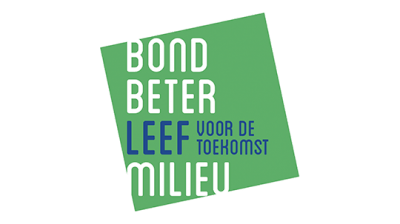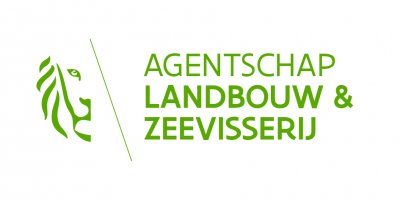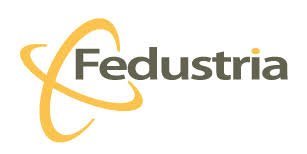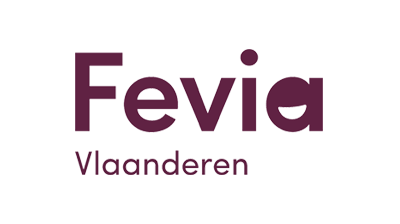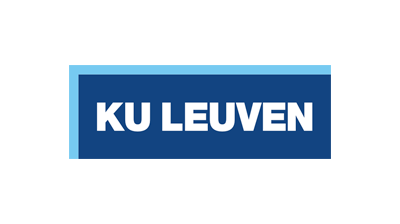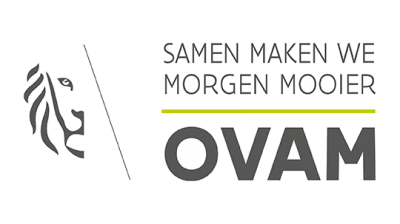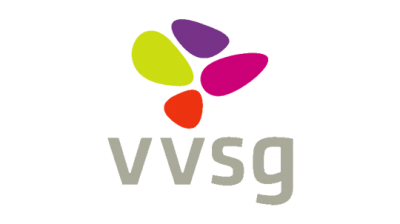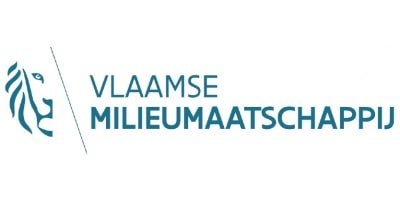Circular Municipality for the Future
Higher spatial efficiency and lower resource consumption
Population forecasts indicate that the population in Flanders will continue to grow significantly in the coming years: by 2050, we will need no less than half a million extra housing units, extra space for crèches, shops, offices, and so on. At the same time, there is a growing awareness that buildings also have an enormous environmental impact: their construction, daily use and renovation require a lot of materials, water and energy. And they produce large flows of waste.
A more economical use of our open space and the reuse of empty buildings will become a priority and a challenge.
With the project 'Circular municipality for the future', Bond Beter Leefmilieu (BBL) and the Vereniging voor Ruimte en Planning (VRP) want to make this challenge concrete. We believe that, with the necessary creative interventions in our town and village centres, we can find enough space to accommodate population growth and economic growth in a sustainable manner.
We made a selection of some practical cases of vacancy (a military domain, a school and a shop) and, through workshops with the local authorities, stakeholders and experts, investigated the possible opportunities for closing cycles, preparing buildings for a circular future, and putting the circular economy into practice.
The inspiration book 'Scenario circular' collects all our findings and learning lessons from this search. Anyone can request the book free of charge or download it from the website.
Key results |
Key lessons learned |
|
|


